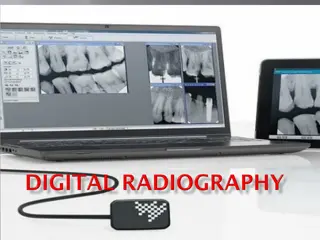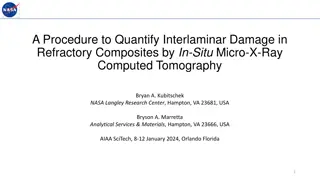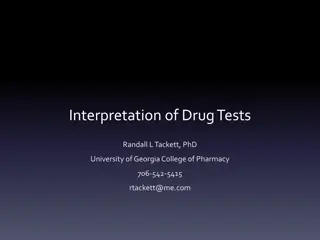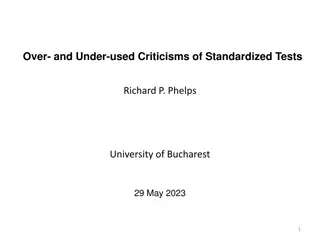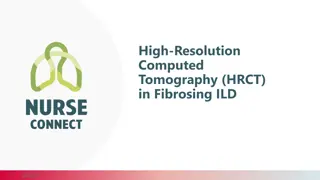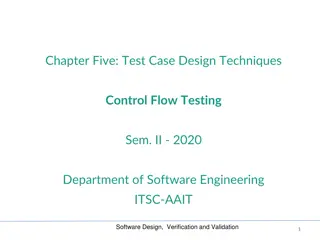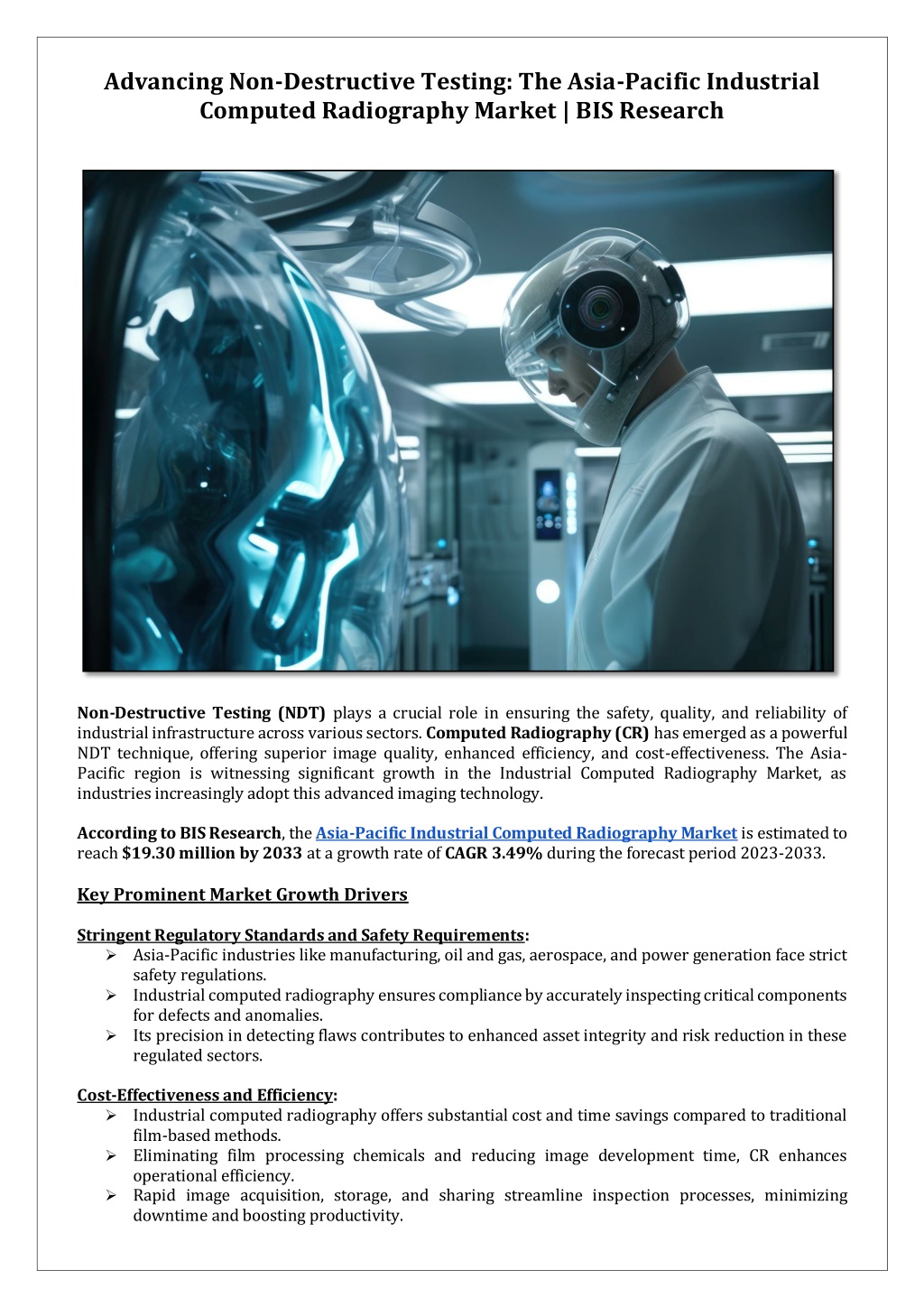
Advancing Non-Destructive Testing: The APAC Industrial Computed Radiography
According to BIS Research, the Asia-Pacific Industrial Computed Radiography Market is estimated to reach $19.30 million by 2033 at a growth rate of CAGR 3.49% during the forecast period 2023-2033.
- APAC Industrial Computed Radiography Market
- APAC Industrial Computed Radiography Market Report
- APAC Industrial Computed Radiography Industry
- APAC Industrial Computed Radiography Market Forecast
- APAC Industrial Computed Radiography Market Research
- Robotics and Automation
- BIS Research
Uploaded on | 1 Views
Download Presentation
Please find below an Image/Link to download the presentation.
The content on the website is provided AS IS for your information and personal use only. It may not be sold, licensed, or shared on other websites without obtaining consent from the author. Download presentation by click this link. If you encounter any issues during the download, it is possible that the publisher has removed the file from their server.
Presentation Transcript
Advancing Non-Destructive Testing: The Asia-Pacific Industrial Computed Radiography Market | BIS Research Non-Destructive Testing (NDT) plays a crucial role in ensuring the safety, quality, and reliability of industrial infrastructure across various sectors. Computed Radiography (CR) has emerged as a powerful NDT technique, offering superior image quality, enhanced efficiency, and cost-effectiveness. The Asia- Pacific region is witnessing significant growth in the Industrial Computed Radiography Market, as industries increasingly adopt this advanced imaging technology. According to BIS Research, the Asia-Pacific Industrial Computed Radiography Market is estimated to reach $19.30 million by 2033 at a growth rate of CAGR 3.49% during the forecast period 2023-2033. Key Prominent Market Growth Drivers Stringent Regulatory Standards and Safety Requirements: Asia-Pacific industries like manufacturing, oil and gas, aerospace, and power generation face strict safety regulations. Industrial computed radiography ensures compliance by accurately inspecting critical components for defects and anomalies. Its precision in detecting flaws contributes to enhanced asset integrity and risk reduction in these regulated sectors. Cost-Effectiveness and Efficiency: Industrial computed radiography offers substantial cost and time savings compared to traditional film-based methods. Eliminating film processing chemicals and reducing image development time, CR enhances operational efficiency. Rapid image acquisition, storage, and sharing streamline inspection processes, minimizing downtime and boosting productivity.
Technological Advancements and Image Quality: Ongoing advancements in digital imaging sensors and software have significantly enhanced CR image quality. High-definition images provide clearer visibility of defects, enabling accurate assessments by inspectors. Digital manipulation capabilities improve diagnostic accuracy, empowering inspectors to make informed decisions. Wide Range of Applications: Industrial computed radiography serves diverse industries, including weldments, castings, pipelines, and turbines. Its versatility allows efficient inspection of complex geometries and hard-to-reach areas. CR is invaluable for inspecting structural components across various sectors, contributing to overall quality assurance. Access More: Get FREE Detailed Report on Asia-Pacific Industrial Computed Radiography Research! Key Market Trends and Opportunities Growing Adoption in Developing Economies: Rapid industrialization and infrastructure development in Asia-Pacific's developing economies drive adoption. Focus on quality control and safety standards prompts the use of industrial computed radiography. Benefits include higher inspection accuracy, cost reduction, and enhanced asset reliability. Shift from Analog to Digital NDT: Asia-Pacific sees a transition from traditional analogue NDT to digital methods like computed radiography. Advantages such as improved image quality and streamlined data analysis drive this shift. Digital NDT presents growth opportunities for industrial computed radiography in the region. Integration with Industry 4.0 and Automation: Industrial computed radiography integrates with Industry 4.0 tech like IoT, AI, and robotics. Automated CR systems with AI-enabled analysis enhance inspection speed, accuracy, and repeatability. This convergence enables real-time monitoring, predictive maintenance, and data-driven decisions in the Asia-Pacific market. APAC Industrial Computed Radiography Market Segmentation by Application Aerospace and Defense Automotive Oil and Gas Power and Energy Security Explosive Ordnance Disposal and Improvised Explosive Device Electronics and Semiconductors Food and Drugs Transportation Infrastructure Construction Marine Manufacturing Heavy Industries Others Market Challenges and Future Outlook
While the Asia-Pacific Industrial Computed Radiography Industry shows promising growth prospects, there are challenges to address. These include the need for skilled personnel to operate and interpret CR systems, ensuring compliance with regulatory standards, and addressing concerns related to radiation safety. Overcoming these challenges through training programs, standardization efforts, and continuous technological advancements will be crucial for the widespread adoption of industrial computed radiography in the region. Conclusion The APAC Industrial Computed Radiography Market is experiencing significant growth, driven by the demand for accurate, efficient, and cost-effective non-destructive testing solutions. As industries across the region embrace digital transformation and prioritize safety and quality control, the adoption of industrial computed radiography is set to rise. With ongoing technological advancements, increasing automation, and the integration of digital NDT techniques, the future of industrial computed radiography in the Asia- Pacific region looks promising, contributing to safer and more reliable industrial infrastructure.



